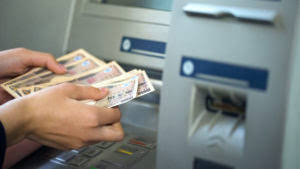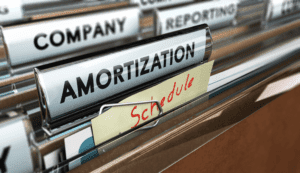
Well, in this lesson we’re going to learn the exact steps to do so and go through a few examples. They provide the data needed for ratio analysis, budgeting, and financial forecasting. For instance, comparing the balances of Current Assets and Current Liabilities helps calculate the current ratio, a key indicator of liquidity. The followingare the transactions of Kumaran, dealing in stationery items. Prepare cashaccount from the following transactions for the month of January 2018. The next step is to draw a single or double line https://www.bookstime.com/ on the balances on both sides of the account.
More Accounting Resources for Businesses
- In addition, it can come in handy to use bookkeeping software when having to showcase finances to those responsible for making financial decisions.
- You can link a debit card to this account to use for purchases or withdrawal or deposit cash from ATMs (keep in mind that some ATM’s may charge card fees).
- Be sure to test yourself on this lesson and how to balance a T-account by trying the Balancing a T-Account Practice Question further below.
- High account balances in your liabilities section represent debt that needs to be paid.
- Ever logged into your myGov account and stumbled upon the term ‘balancing account’?
However, revenues in excess of the target are tracked and returned to ratepayers in a future rate cycle. If you write a check for $500, the money stays in your account until the check is cashed, which could take several days or weeks or even longer, depending on who the check was made out to. In the meantime, you might forget about it and think you have $500 more than you really do. If you spend that money, your account could become overdrawn once the check is cashed. If you’re using a paper checkbook, balancing your account involves a few straightforward steps.

Regular Review and Reconciliation

At the beginning of a rate-setting period, rates are set such that the balance is zeroed out, with balances amortized over a certain period of time. Amounts in a balancing account (either positive or negative) typically accrue interest. In a two-way balancing account, both overcollections and undercollections recording transactions are tracked, and they are ultimately returned to or collected from ratepayers. But in a one-way balancing account, costs that fall short of the spending target are returned to ratepayers. If spending exceeds the target, the overage is not recoverable and is borne by shareholders. If the one-way balancing account is tracking revenues, those that fall short of the target are not recoverable and are again borne by shareholders.
- It represents the available funds or outstanding obligations in accounts such as checking, savings, credit cards, and loans.
- Balancing your books is a critical step for your business in terms of knowing where your finances are at.
- What’s more, balancing your account can also help you to find and rectify any instances where a merchant has erroneously double-charged you, or billed you the wrong amount for goods or services.
- By ensuring your personal and company finances are separated, you’ll ensure that you’ll be ahead of time constraints, even if the process isn’t an easy feat to accomplish.
Why is it important to balance a checkbook?
However, this definition only applies to loan accounts instead of savings or checking accounts. These payments may also include expenses or charges made by the bank. Usually, however, they consist of amounts paid to other parties or cash withdrawals.

Trial balance is a statement whichshows debit and credit balances of all accounts in the ledger. It helps to testthe arithmetical accuracy of entries made in the journal and ledger. It may benoted that totalling of a ledger account is known as casting.

In banking, the term account balance refers to the overall funds available in a financial account. As mentioned, businesses, companies, and individuals use bank balancing an account accounts to facilitate transactions. Balance is the diversity of the total debits and the total credits of an account.
Do you want to know exactly how much you have available to spend from your bank account? Would you like to catch errors (including bank errors and mistakes you’ve made) before they cause major problems? Balancing your bank account helps you keep track of everything in your account, and it’s a relatively easy task. Most checking accounts offer protection from fraudulent transactions. But if you wait more than two months to find and report a problem, you might have to absorb the loss. Balancing a checking account is a financial task that should be performed regularly to track your spending, monitor your account, and ensure that your money is actually there when you need it.

Recent Comments